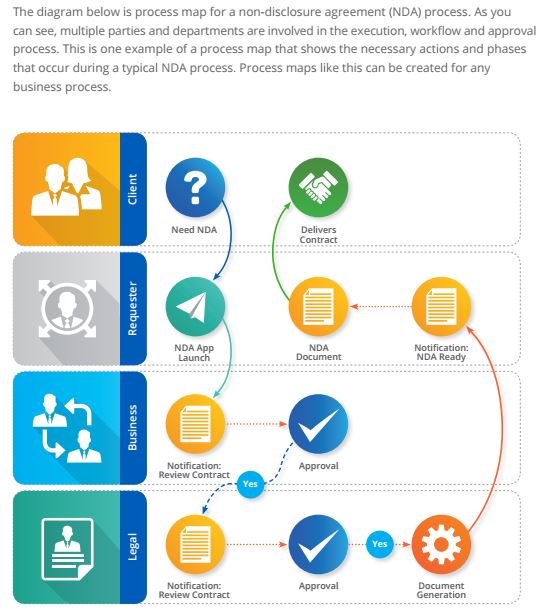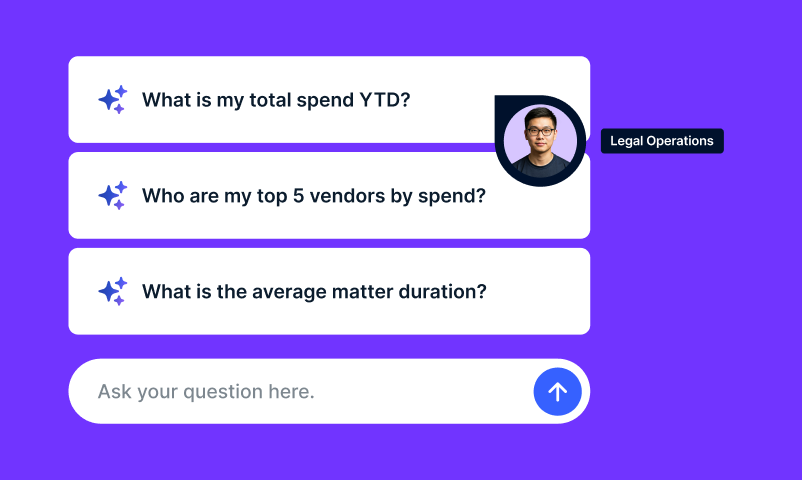In order to kick off an organizational change initiative, you need to understand how things are being done today. After all, how can you draw out directions to where you are going if you do not know where you are now? For most people, the idea of process mapping can be overwhelming. To help you get started, we’ve listed out the five basic steps to take when mapping an existing process and laying the foundation for a new, more efficient process map.
#1 – Determine How Your Organization Delivers on Objectives
The first step to recommending an organizational change is to understand how your company gets from point A to point Z. What projects or activities are driving the most business? What are the most important workflows? Next, ask yourself, which of these activities (for internal or external customers) are being created without a formal process? For steps 2 through 5, pick a project to evaluate and dissect.
“If it’s a repeatable project, it can be a process.”
#2 – Consider Your Inputs & Outputs
So, what are inputs and outputs? For any project or process, something is submitted to kick off the process (input), those inputs are transformed, approved, augmented or summarized, and then the result is delivered (output).
#3 – Define Your Roles
We are not talking specifically about Joe in accounting or Mary in legal, but rather abstract versions of the roles you have in each stage of your process. The roles involved in an accounts payable process, for example, might be: vendor, requester, department head, accounting.
#4 – Assign Your Activities and Dependencies
You know your inputs and outputs, and you’ve defined your roles, now it is time to lay out specific activities for your process. Think also about which roles will own those activities, and what needs to happen before the process can progress to the next stage. Taking the accounting example above:
- Activity = verify invoice information and add an internal code. Role = Requester
- Activity = approve invoice. Role = Department Head
- Activity = pay invoice. Role = Accounting
Given that accounting cannot pay an invoice unless it is both approved by the department head and coded properly, the last activity is dependent upon the first two being completed. By clearly defining your activities and dependencies, accounting would know not to waste their time looking at the invoice before it is duly processed.
#5 – Build a Process Map
With steps #2, 3 and 4 under your belt, you are ready to create a process map. Check out an example of what this might look like when you finish.

Now that you’ve delved deeply into one of your organizational processes, now it is time to improve that process. From the exercise above, you already have a clear roadmap.
Ready to get started? Onit can help. Onit Smart Process Apps can help you maximize the efficiency you get out of your business processes by filling in the gaps of your existing enterprise software infrastructure. Download our whitepaper: Your First Enterprise App: 6 Ways to Successfully Implement Change in Your Company to learn more.





